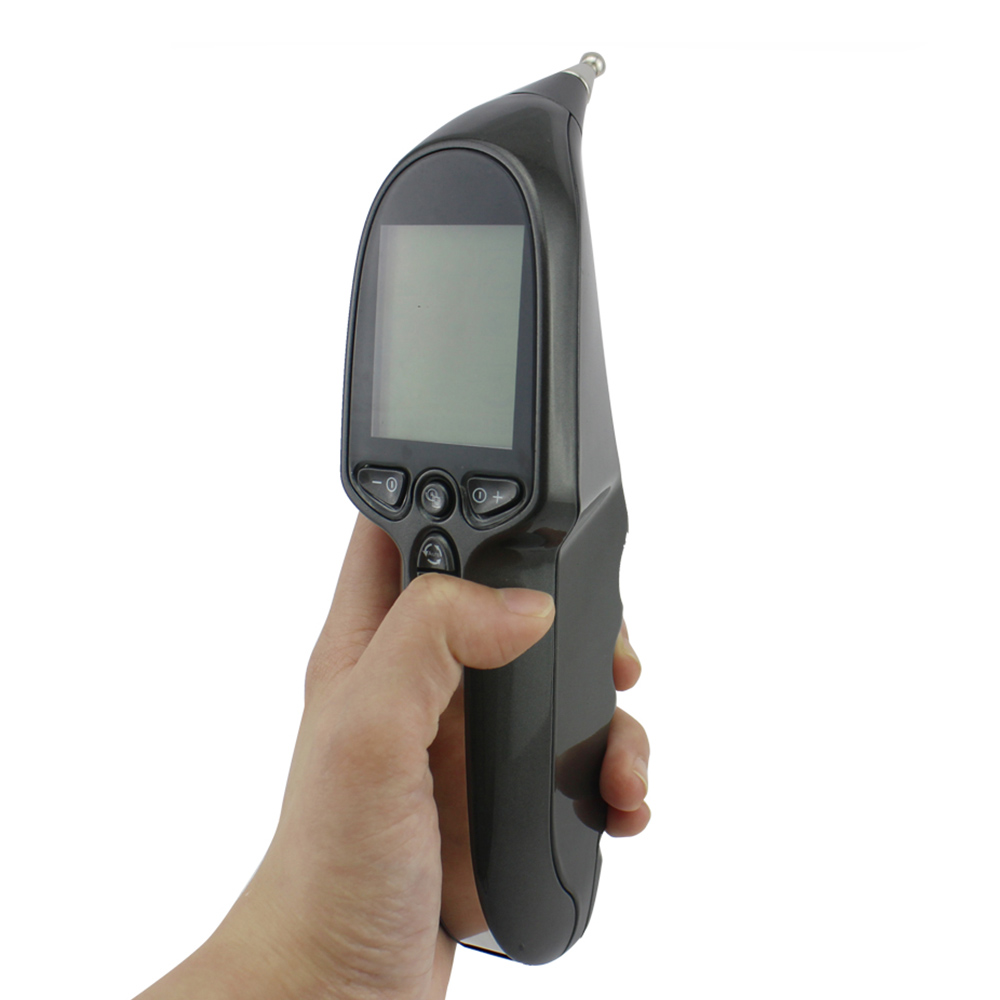This product is developed based on the theory of Physics,Bionics,body inductive resistance dectective theory, acupuncturology, magnetotherapy resonance theory, Chinese traditional medical science and modern micro electronic technology, together with many experiences of clinical practice.
It not only have the mode of five Chinese Medical Fuction which is Hammering, Acupuncture, Cupping, Scraping, Massage etc., and the model of integrated prescription for blood pressure reduction, neck, waist and leg;
but also it has been granted with the function of heating with pads. The pads could produce temperature by the degree of 45-55, which will make the treatment more effectively to ease fatigue and cure peripheral nerve injury and paralysis.

Acupuncture Pen
Acupuncture Pen,Portable Acupuncture Pen,Diagnosis Acupuncture Pen,Portable Diagnosis Acupuncture Pen
Shenzhen Guangyang Zhongkang Technology Co., Ltd , http://www.lighttherapymachine.com